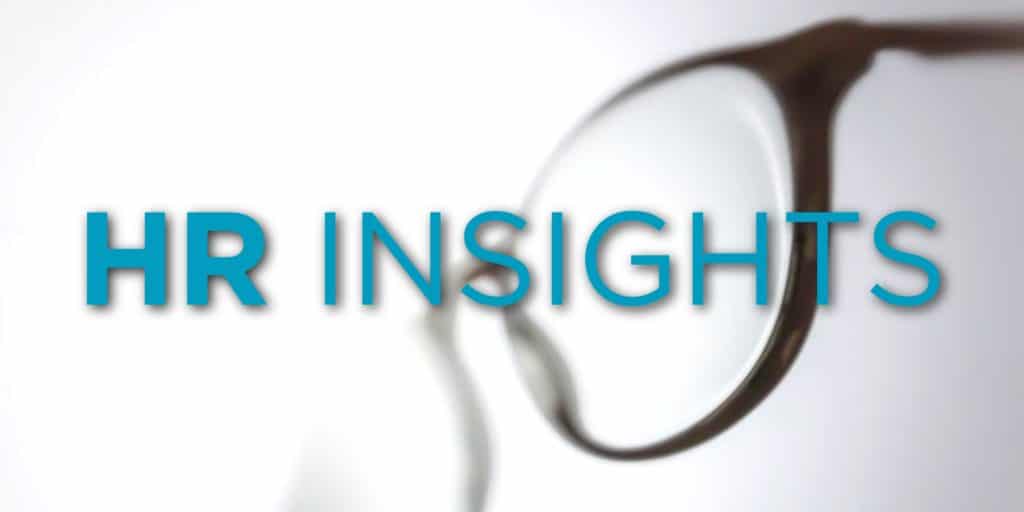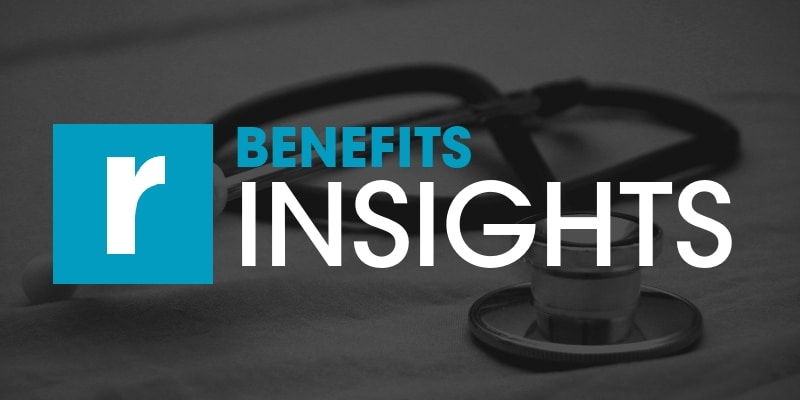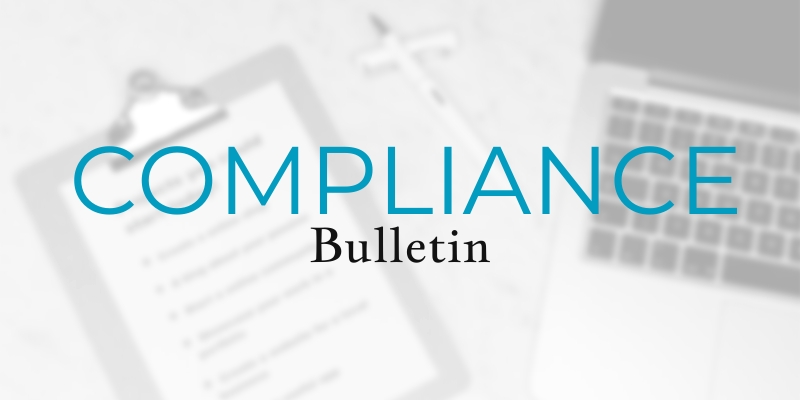05 Aug Generational Jabs in the Workplace
 Everyone knows that name-calling, teasing and other bullying behavior is unwelcome in the workplace.
Everyone knows that name-calling, teasing and other bullying behavior is unwelcome in the workplace.
But what if the comments are veiled in humor? Jokes about “old farts” or “screen-obsessed millennials” might seem like acceptable office banter to some, but these comments may amount to ageism and could seriously impact an organization—and should be quickly snuffed out when noticed.
This article explains some of the ways offhand comments can affect a workplace and outlines steps employers can take to combat their spread.
05 Aug Virtual Open Enrollment Fairs
 Open enrollment fairs are a great way for employers and benefits providers to help employees understand and enroll in the benefits programs that meet their needs.
Open enrollment fairs are a great way for employers and benefits providers to help employees understand and enroll in the benefits programs that meet their needs.
These fairs are typically done in person, and they allow employees to learn about available benefits and discuss offerings with providers. Just as the COVID-19 pandemic may be changing what employees need for benefits, the format of open enrollment events should change, too.
With open enrollment season around the corner and many organizations extending work-from-home policies, a virtual open enrollment fair may be necessary. This article explores benefits and best practices for organizations moving their open enrollment events online.
05 Aug 2021 Open Enrollment Checklist
 To prepare for open enrollment, group health plan sponsors should be aware of the legal changes affecting the design and administration of their plans for plan years beginning on or after Jan. 1, 2021. Employers should review their plan documents to confirm that they include these required changes.
To prepare for open enrollment, group health plan sponsors should be aware of the legal changes affecting the design and administration of their plans for plan years beginning on or after Jan. 1, 2021. Employers should review their plan documents to confirm that they include these required changes.
In addition, any changes to a health plan’s benefits for the 2021 plan year should be communicated to plan participants through an updated summary plan description (SPD) or a summary of material modifications (SMM). 29 Jul Wellness Toolkit – Stress
 This toolkit serves as an introduction to workplace stress and provides several ways that employers can address and mitigate stress in the workplace. It is not intended as legal or medical advice and should only be used for informational purposes.
This toolkit serves as an introduction to workplace stress and provides several ways that employers can address and mitigate stress in the workplace. It is not intended as legal or medical advice and should only be used for informational purposes.
Introduction
According to a Gallup poll, 55% of Americans experience stress daily—making the United States one of the most stressed-out nations in the world. While some stress isn’t necessarily bad for employees’ health, chronic stress can cause negative long-term health effects. Employees will experience stress in all areas of their lives but consistently cite work as their top stressor. In fact, 64% of U.S. adults reported work as their top stressor in 2019.24 Jul HR Toolkit – Recruiting and Retaining Generation Z
Estimates show that by 2030, Generation Z could make up over half of the workforce. As more of Generation Z begins to enter the workforce, figuring out how to attract and retain them will be essential. This toolkit provides insight into the typical characteristics of Generation Z and outlines recruitment and retention strategies for employers […]


